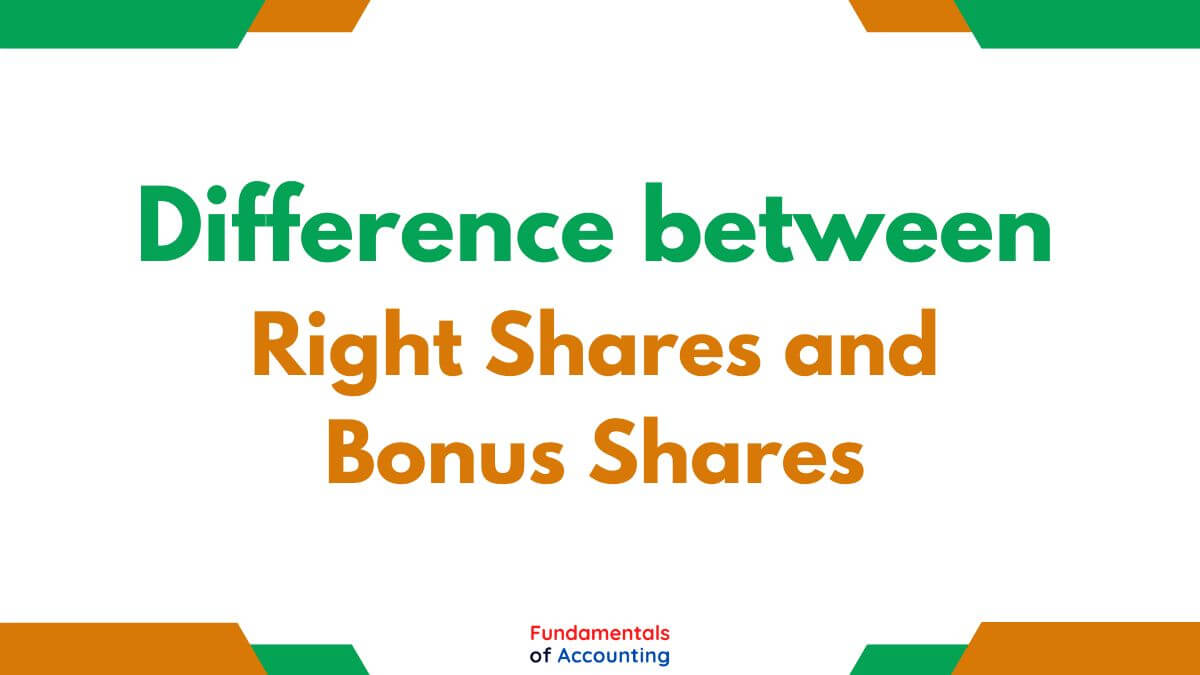What is the Margin of Safety? Margin of Safety Formula

The Margin of Safety (MoS) refers to the difference between the actual/target output and the break-even level of output/quantity. The margin of safety (MOS) ratio equals the difference between budgeted sales and break-even sales divided by budget sales. The margin of safety indicates how much a company may lose in sales before it starts losing […]
Earnings Per Share | How to Calculate EPS?

Earnings per share (EPS) represents the proportion of a company’s net income assigned to each outstanding share of ordinary stock. Many financial professionals believe that EPS is the essential metric for determining the market price of a stock. Earnings per share that are high or rising can cause a stock’s price to rise. Inversely, declining […]
Job Order Costing versus Process Costing

Job order costing is a form of accounting that attributes individual costs directly to a completed job or service rather than to the manufacturing department. It is utilised when things are created to order or when it is simple to trace individual expenses to specific activities, presuming that the additional information adds value. Under these […]
What are the Opportunity Costs? Meaning and Examples

Opportunity costs refer to the benefits lost or profits that are sacrificed while choosing an option over another one that has been chosen. When choosing between two alternative options, only one can typically be chosen. When this occurs, you may incur opportunity costs for choosing one option over another. For instance, if you are deciding […]
What are Avoidable and Unavoidable Costs?

In business and financial planning, knowing avoidable and unavoidable costs is critical to budgeting, cost control, and profitability analysis. Avoidable costs are those that a business can avoid by making certain business decisions, like stopping a product line or contracting out services. Unavoidable costs, on the other hand, are fixed costs that a business has […]
What is Labour Efficiency Variance? Meaning and Example

Labour Efficiency Variance is also known as Labour Time Variance. It is that portion of the Labour Cost Variance which arises due to the difference between the standard labour hours specified and the actual labour hours spent. It quantifies the difference between these two measures and highlights whether a business is utilising its labour force […]
What is the Time Value of Money?

The Time Value of Money (TVM) is a fundamental principle in finance that states a dollar today is worth more than a dollar tomorrow. This is because money has the potential to grow over time when invested in a variety of opportunities. The TVM concept can be used to compare investments of different sizes and […]
Meaning, Pros and Cons of Process Costing

The process is a series of stages that must be followed in order to finish a given task. The method of preserving cost records for each procedure is referred to as costing. It refers to the cost accounting approach in which expenses are accrued for all interdependent processes. After going through a series of processes, […]
ECO-14 Accountancy II – Solved IGNOU Assignment

Assignment Code: ECO-14/TMA/2021-22 What are the different types of branches? Explain various methods of keeping branch accounts in the books of the Head Office. From an accounting standpoint, branches may be categorised as follows: Domestic Branches The branches opened in various regions of the country where the parent enterprise is registered are known as inland […]
Differences Between Rights and Bonus Issues of Shares

When firms are attempting to raise new capital or distribute earnings to current shareholders, they issue extra shares in rights issues or bonus issues. In spite of distributing new shares as a method behind both approaches, they differ based on intent as well as shareholders’ effects. A rights issue enables existing shareholders to buy extra […]
